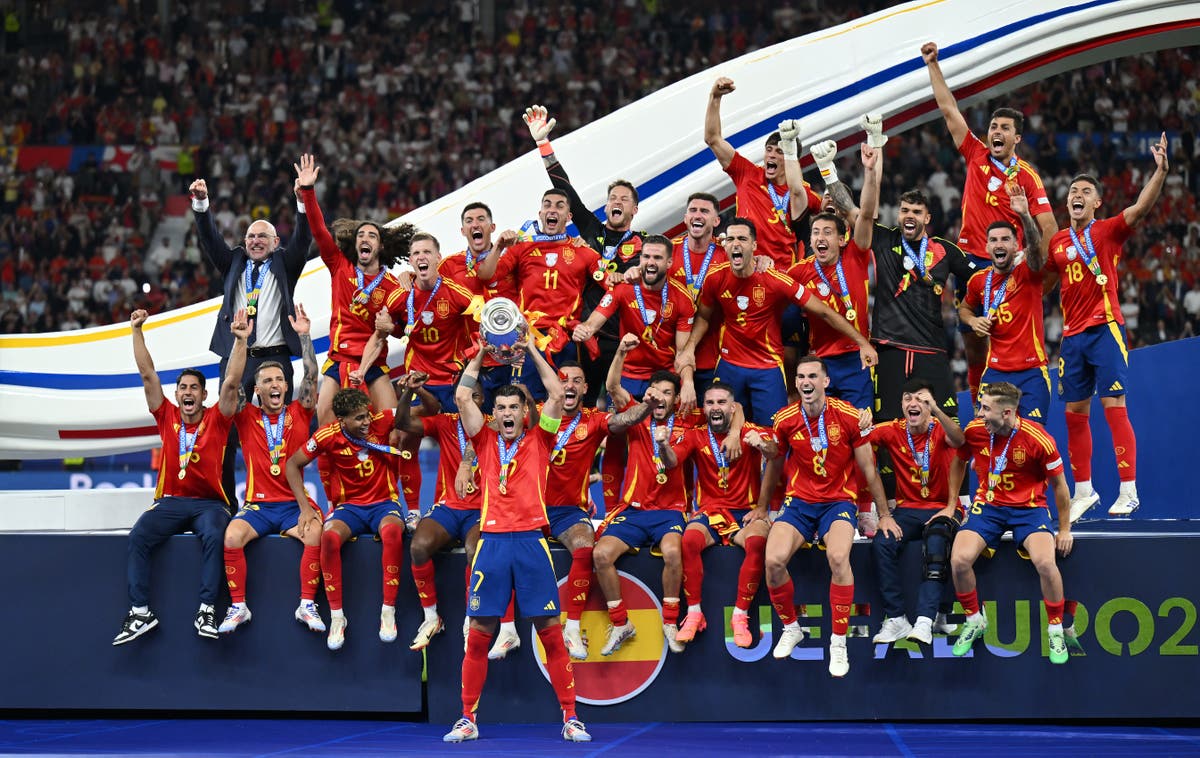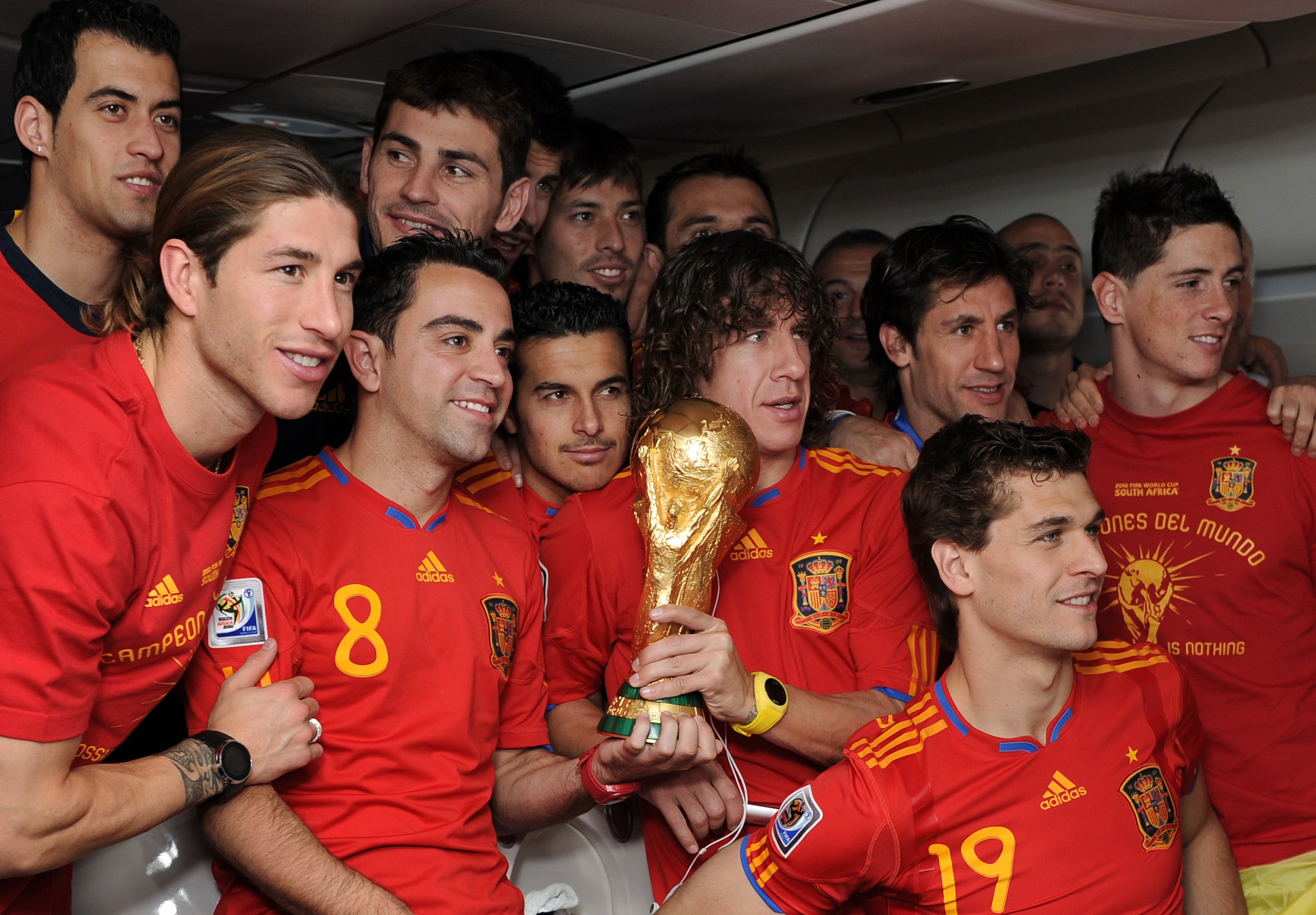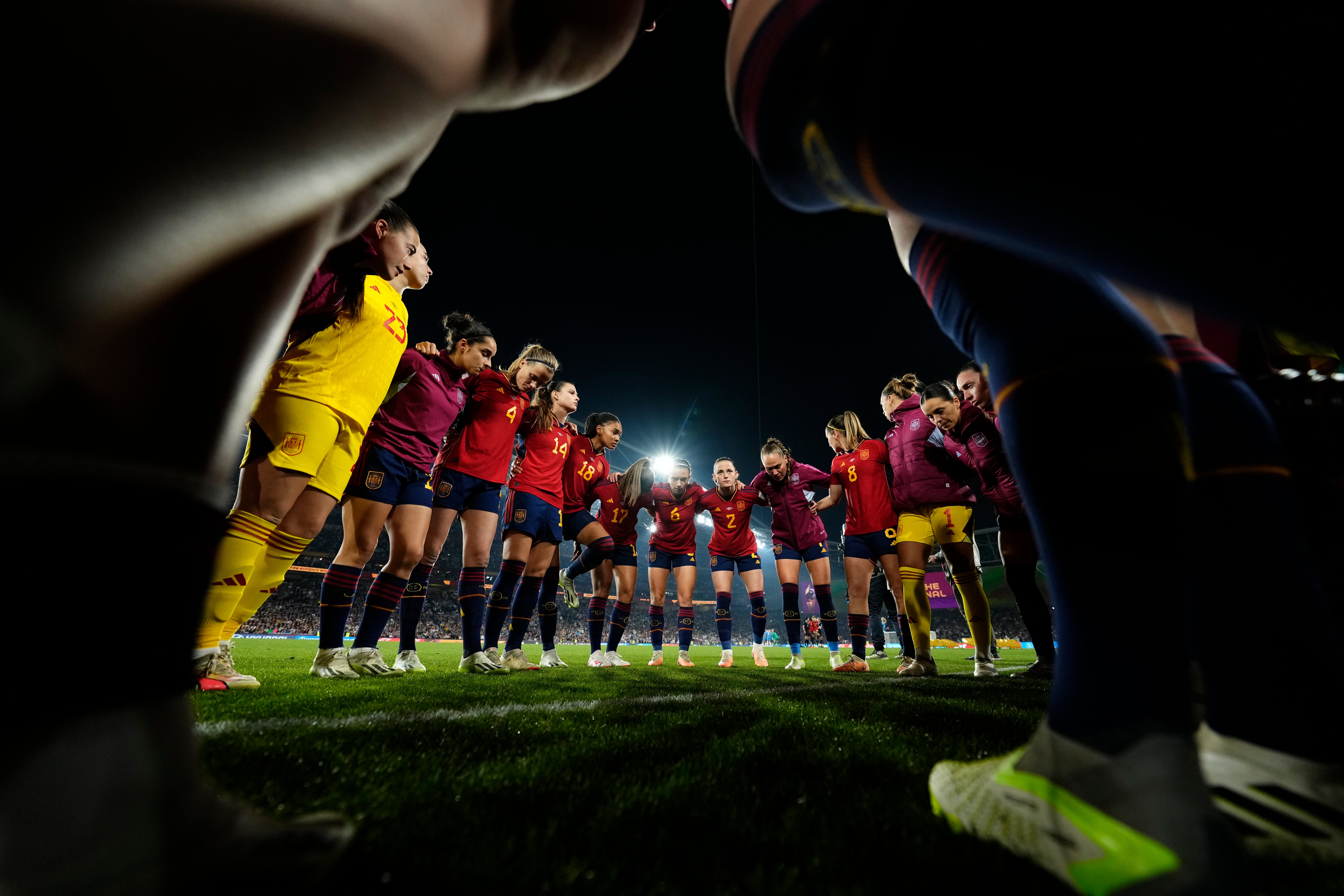World
The one thing that made the Spanish the best footballers in the world

Take a moment to check out this statistic. Since May 2001, Spanish teams (national and club sides) have played non-Spanish teams in 22 major finals (Champions League, Europa League, World Cup and Euros). And the Spanish side has won all 22 of them.
Among those 22 defeated non-Spanish sides have been English clubs such as Fulham, Liverpool and Manchester United on three different occasions. The English may have patted themselves on the back for making it to the final, but the Spanish won.
The fact is Spain are not merely good at the game, they invariably close the deal. They just know what they are doing. Never mind the Germans, the Argentinians or the Brazilians, Spain has become the most ruthless winning machine in footballing history.
And there is a reason for that. Ernest Hemingway was entirely wrong about this nation. This is not a country obsessed with bullfighting. Nor, even when Seve Ballesteros was in his pomp, was it golf that set Iberian pulses racing.
Fernando Alonso leading the field was not enough for Spain to fall in love with Formula One and Rafael Nadal’s brilliance at tennis did not set collective pulses racing for tennis either. When Miguel Indurain was winning multiple Tours de France the nation did not stop as one to watch. But football is different. Spain is obsessed with the game to the extent that there simply isn’t the bandwidth in the national attention for anything else.
Just to tune in to the nightly television news is to gain an indication of how important kicking a ball is. Every night, in an hour-long bulletin, there will be at least 20 minutes of football news.
In Spain, football garners far more airtime and column inches than anything else. There are whole national newspapers dedicated to it. If you think the English go collectively bonkers for the game, in Spain they take it to another level. This is weird because the Spanish national team was not very good for decades.
While Real Madrid dominated the European club scene, they did it with a collection of foreign superstars. True, the nation won the European championship in 1964. However, that achievement, like England’s success in the World Cup two years later, was not backed up.
If anything, their international reputation became that of serial bottlers. They were beaten by Northern Ireland in their own World Cup in 1982, they failed to qualify for Euro 92, and they lost to South Korea in the 2002 World Cup: 20 years of uselessness.
Something had to change. And it was everything. The Spanish FA may have been rightly pilloried last year after the World Cup debacle with boss Luis Rubiales, but back in the 1990s, they were the most far-sighted, revolutionary body in world football.
With the ultimate intention of beefing up the national team, they instigated a countrywide grassroots revolution. Everything was about coaching. Borrowing the methodology of Barcelona’s renowned La Masia finishing school, hundreds of coaches were educated in developing talent. It prioritised technical development.
A single style was encouraged across the nation: ball-playing defenders, a love of possession, pass pass pass. While in England we had an oafish insistence on “chucking it in the mixer” and coaches shouting at defenders “get rid”, in Spain it was all to do with keeping hold of the ball.
The Spanish FA employed three times as many coaches as our FA. Coaching was seen as an academic discipline. You didn’t have to have played the game to coach it. An indication of just how good the system was, in the English Premier League three of the four clubs to gain Champions League qualification last season were directed by those schooled in the Spanish system: Pep Guardiola at Manchester City, Mikel Arteta at Arsenal and Unai Emery at Aston Villa.
Gradually, the system started producing success on the pitch. The national age group sides, all coached in the same ball-hungry manner, began to dominate.

Possession football, easy on the eye, progressive ability, everyone comfortable on the ball and those youth players learned how to win tournaments.
As they moved through the system, they took their learning with them. Spain won under-15 championships, then under-16s, under-18s and under-21s. With each cohort, the knowledge of how to win a competition was passed on, grew and developed.
However, still, at the very top level, there was a problem. One that was more political than to do with ability.
In many ways, it was a hangover from Franco’s days. For those in the Basque regions and the Catalans of Barcelona, the national team was not a priority. Far from it. Why should they support a team that for so long had been the ultimate symbol of the oppressive regime?
When Spain played a match, while the streets of Madrid, Valencia and Seville were decorated in red and yellow flags, in Bilbao, San Sebastian and Barcelona there was not just indifference, but abject hostility.
The young players progressing through the system would change this. As they began to mix and the Catalans, Basques and Madridistas began to win the age group competitions, the idea of a unified Spanish side began to gel. But the real turning point was at the 2006 World Cup.
When the squad was selected, the manager Luis Aragones left out the great Real Madrid stalwart Raul and instead picked the young graduate of La Masia, Cesc Fabregas, it appeared as if the old fissures and fractures would once more erupt. The Madridistas shunned the new Catalan star. The Catalans would back their man against the enemy within.

However, the mood abruptly changed when Xavi Hernandez, the Barcelona skipper, and Iker Casillas of Real Madrid, came together to publicly insist that club partisanship should play no part in the international game. The rifts were to be no more. Everyone was together and united.
From there, there was no turning back. The brilliant young squad, schooled in the system to pass, pass and pass again, who had won together at every age group, suddenly adhered. Spain won the 2008 Euros, the 2010 World Cup and the 2012 Euros in a period of unprecedented international dominance. Unlike in England, this was a golden generation delivering silverware.
Inevitably it could not last. The French, instigating a coaching system aping the Spanish model, were coming up the outside, the Germans too. Even the English, drawing on the daily brilliance of the Premier League, embraced a coaching method that emphasised technical ability above physicality. Gareth Southgate was at the heart of it, overseeing a revolution that saw English sides win titles at under-17 and under-21 levels.
For sure, Spain had its problems when the Xavi and Casillas superstar generation retired. They lost on penalties to Morocco in the 2022 World Cup. But the system remained intact. And now it is delivering the next bunch of winners.
Lamine Yamal, the wonder kid who celebrated his 17th birthday a couple of days after lighting up the Euro semi-final with a glorious goal. Following Xavi, Fabregas and indeed Yamal are being schooled at La Masia. He learned the same system, the same methods, the same winning mentality.
That is what England was up against, players who have been taught, almost from the moment they can trap a ball, how to win. It is in the mindset, in the national character.










